5 Creative Photography Tips to Instantly Improve Your Composition
Introduction
As a photographer with a passion for capturing moments both big and small, I believe composition is the soul of every image. It doesn’t matter if you’re using a professional DSLR or just your phone—your eye decides if a photo truly stands out. By exploring a few creative composition strategies, you can move your photography game up several notches almost instantly.
Ready to shake things up and view your scenes through a new lens? Here are my five best creative tips for instantly improving your photography composition. Let’s make your next shot one to remember!
1. Play with Leading Lines
Have you ever found yourself drawn into a photo, as if your eyes are being guided along a path? That’s the magic of leading lines at work. Roads, rivers, fences, handrails—these lines help direct your viewer’s attention right where you want it to go.
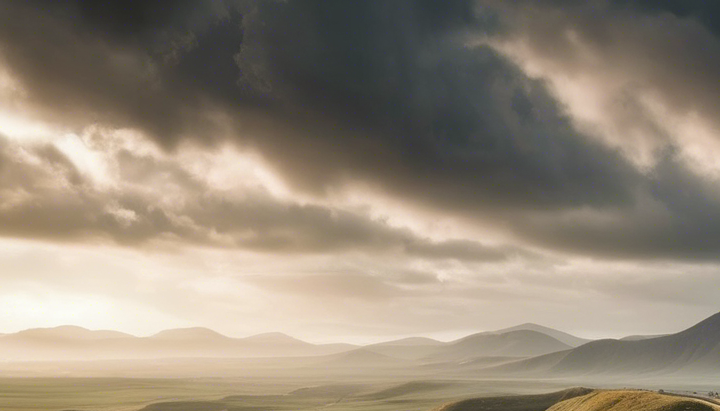
How to use leading lines:
-
Find lines in your environment: Look for anything linear, even shadows or rows of trees
-
Use lines to guide viewers into the frame, toward your subject, or around interesting points
-
Experiment with different angles—sometimes straight-on, other times diagonally for drama
Leading lines create a sense of journey and depth, instantly turning simple scenes into visual stories.
2. Embrace Negative Space
Sometimes what’s around your subject is just as important as the subject itself. Negative space refers to the empty or open areas in your composition. Rather than cluttering every inch, allow your subject to breathe.
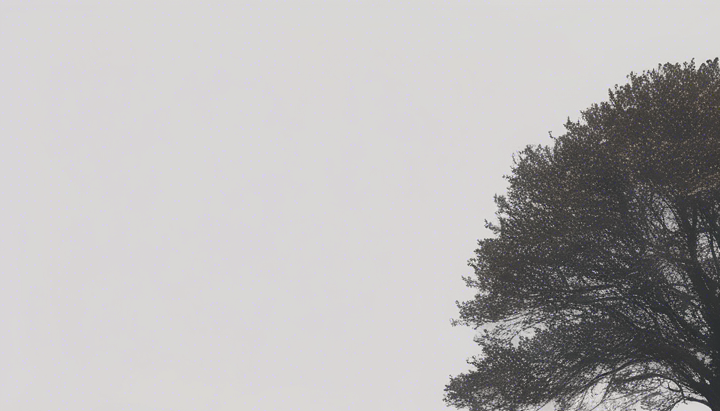
Why negative space works:
-
Makes your subject pop and feel more important
-
Adds elegance and calm to an image
-
Encourages viewers to focus without distraction
Try photographing a single tree in a field or a person silhouetted against a blank sky. The simplicity draws the eye in immediately.
3. Frame Within a Frame
One of my favorite tricks is finding or creating a frame within the frame. Think doorways, windows, tree branches, or arches that naturally encircle your main subject. This technique adds instant depth and a sense of intrigue.
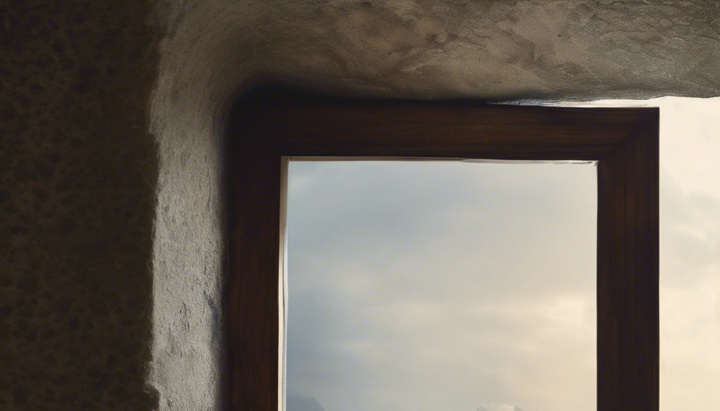
Ideas to get started:
-
Use doorways or arches for portraits
-
Shoot through foliage or flowers for soft, organic frames
-
Experiment with reflections in mirrors, glass, or water
This technique adds narrative and leads the viewer to explore what’s inside your photo frame.
4. Change Your Perspective
Most people shoot at eye level. But what happens if you crouch down low, lie flat on the ground, or look down from above? Changing your perspective breaks the monotony and surprises your audience with fresh viewpoints.
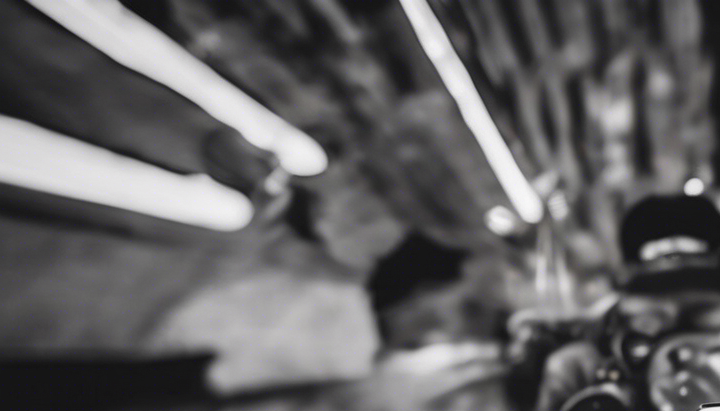
Ways to change perspective:
-
Get low to make mundane scenes larger than life
-
Find a balcony, staircase, or drone for a top-down perspective
-
Tilt your camera for creative off-kilter compositions
By moving yourself—not just your camera—your photos will tell different stories, often with a greater sense of scale or emotion.
5. Use Layers for Depth
Layering is the secret ingredient for depth in photography. Think of your image as a story with a foreground, middle ground, and background. Including elements in each layer lets viewers feel as if they can step right into the scene.
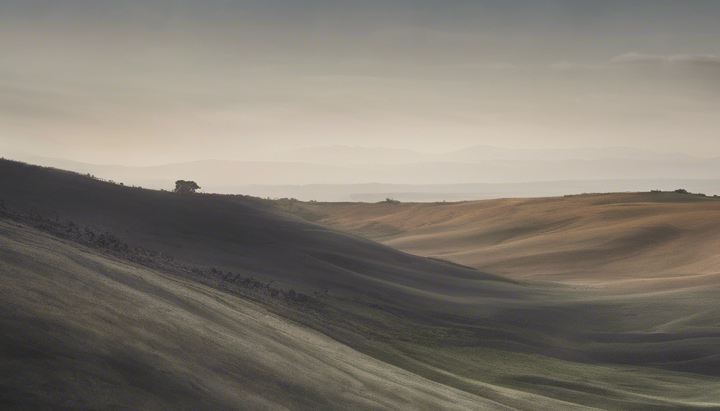
How to create layers:
-
Place objects (like rocks, flowers, or people) in the foreground
-
Compose your main subject in the middle ground
-
Incorporate atmospheric details (mountains, clouds, architecture) in the background
Layered compositions add richness and complexity, encouraging people to linger and explore.
Photography Is Play—So Experiment!
Ultimately, composition is about expressing how you see the world. There are no strict rules, only powerful tools and endless opportunities to play. Try breaking conventions, blend these tips, or dream up your own. Photography is a playground for your eyes—enjoy it!
Quick Recap and Extra Inspiration
-
Seek out leading lines—let them pull viewers through your frame
-
Give your subject room to shine with negative space
-
Frame your scenes in unexpected ways
-
Don’t be afraid to change your position
-
Build images like layer cakes, full of depth
The more you practice, the more instinctive composition becomes. Get out there, wander with your camera, and see what stories you can tell.